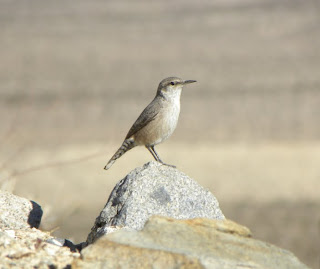Senator Feinstein Advocates for Solar on Private Land; Addresses Bureaucratic Process
In a letter to Secretary of Interior Ken Salazar, Senator Dianne Feinstein expressed dismay with the slow Federal Government permitting process for solar projects proposed for private land. In the letter, the Senator points out that renewable energy projects in California proposed for BLM (public) land benefit from a speedy permitting process, while projects proposed for private land languish because specific government agencies do not share the same commitment to a speedy process as much as BLM, Fish and Wildlife Service and the California Energy Commission (CEC). This bureaucratic slow down could dissuade more energy companies from developing on private land, which is likely to be of less significant biological value and have less impact on the Mojave Desert. Particularly because energy companies are hurrying to complete certification before the end of the year so they can qualify for Department of Energy sponsored loans. So what administrative road blocks are slowing down t...






